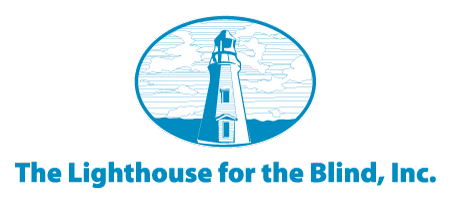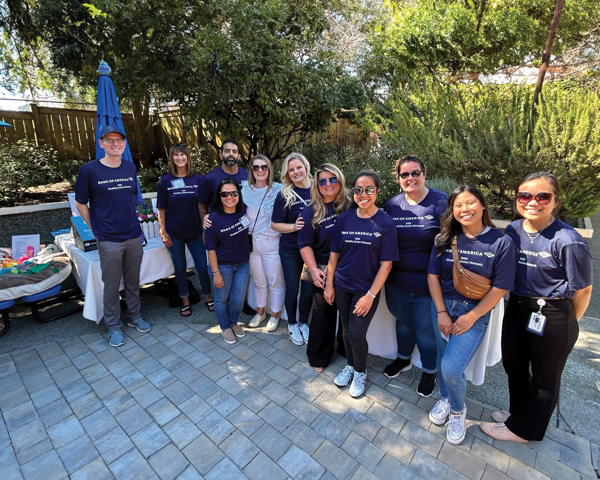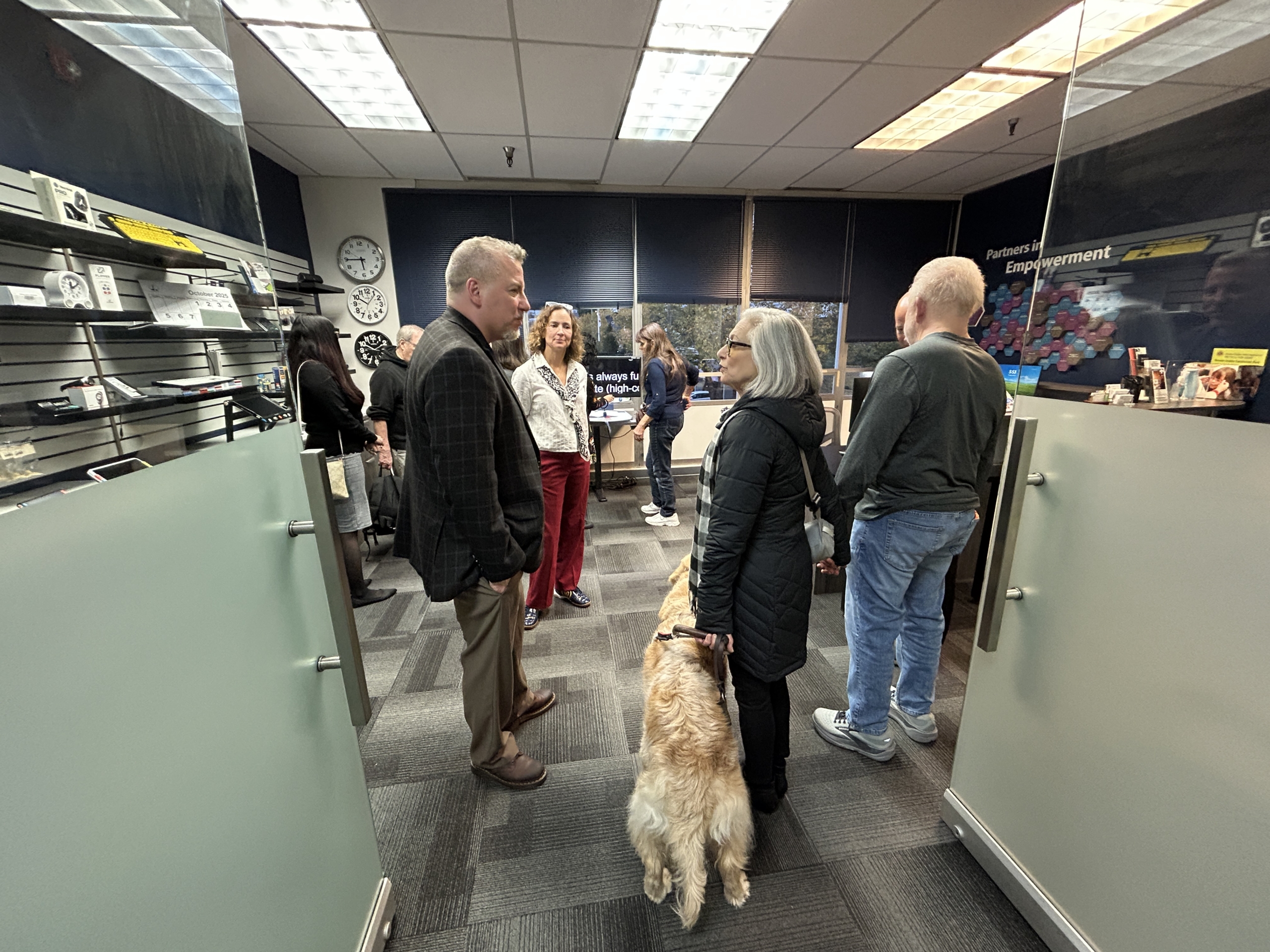HUD Safe Travel Grant Provides Lighthouse Employees with Training and Equipment
“I have been here at the Lighthouse for 12 years, and have never received such positive feedback on any initiative we have implemented. Employees who have received way finding equipment and training have contacted me, letting me know that this equipment and training has changed their lives: giving them a chance to travel and explore independently in ways that have never been possible for them before. “– Kirk Adams, The Lighthouse for the Blind, Inc. President and CEO
Over the past two years, The Lighthouse for the Blind, Inc. has provided services and equipment under a four-year Housing and Urban Development Neighborhood Initiative Safe Travel Grant. The grant allows the Lighthouse to provide a range of services, equipment, and supports to Lighthouse employees and community members who are blind or Deaf-Blind in several Washington counties. Services and equipment provided under the grant are intended to make travel in the community for people who are blind and Deaf-Blind safer.
As with most programs and services provided by the Lighthouse, equipment and services under the Safe Travel Grant are provided on an individualized basis. Much depends on the individual’s existing travel skills, residual vision, personal preferences, current knowledge of technology, and route specific needs. During training and assessment provided in the last quarter of 2012, Orientation and Mobility instructors worked diligently distributing and providing training on travel safety equipment including Trekker Breeze GPSs, Miniguides, sun filters, monoculars, and iPhones.

The Lighthouse is excited to be able to translate this funding into real tools, training, and skills to enhance the safety and independence of our employees and community members on their daily commutes and explorations.




